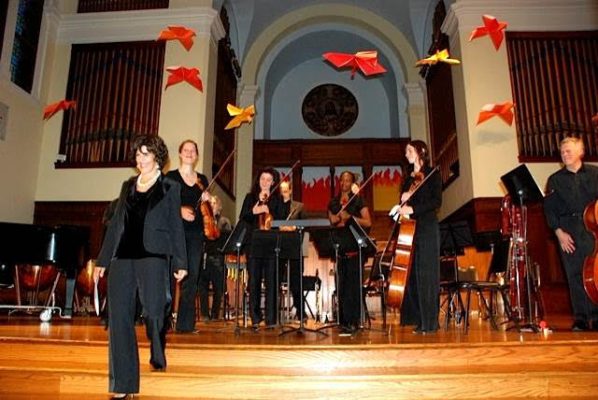SAGA of the 21st Century Girl: A Harmonious Fusion of Music, Drama, and Commentary
This contemporary production transcends the boundaries of traditional opera, offering audiences a profound and immersive experience that resonates long after the final note fades away. Drawing inspiration from classic operatic narratives, Nan’s modern interpretation delves deep into the complexities of modern life, shedding light on the triumphs and tribulations of the human experience with an insightful and empathetic lens.

As the curtain rises, audiences are transported into a world where timeless themes intersect with the pressing issues of today, inviting reflection, dialogue, and introspection. Through its evocative storytelling and masterful composition, “SAGA of the 21st Century Girl” emerges as a thought-provoking exploration of the human condition in the modern age.Top of Form
Set against the backdrop of today’s digital age, “SAGA of the 21st Century Girl” follows the journey of its titular character as she navigates the challenges of adolescence in an ever-changing world. Through the expressive power of music and compelling storytelling, the opera explores themes of identity, resilience, and the impact of societal pressures on young individuals.
At the heart of the production lies Nan’s masterful composition, which seamlessly blends diverse musical influences ranging from classical to contemporary. With each note, the audience is transported into the emotional landscape of the narrative, experiencing the highs and lows alongside the characters.
But “SAGA of the 21st Century Girl” is more than just a musical experience—it’s a thought-provoking commentary on the issues facing today’s youth. From the dangers of online predators to the pressure of social media, the opera fearlessly confronts the harsh realities of modern life, sparking conversations and encouraging introspection.
One of the most remarkable aspects of the production is its ability to resonate with audiences of all ages. Whether you’re a seasoned opera enthusiast or a newcomer to the genre, “SAGA of the 21st Century Girl” offers something for everyone. Its universal themes and emotive storytelling transcend boundaries, captivating hearts and minds alike.
As audiences immerse themselves in the world of “SAGA of the 21st Century Girl,” they are invited to reflect on their own experiences and perspectives. Through its poignant storytelling and powerful music, the opera catalyzes empathy, understanding, and meaningful dialogue.
conclusion
SAGA of the 21st Century Girl” stands as a testament to the enduring power of opera as a medium for social commentary and artistic expression. With its harmonious fusion of music, drama, and social commentary, it offers audiences a profound and unforgettable experience that resonates long after the final curtain falls.